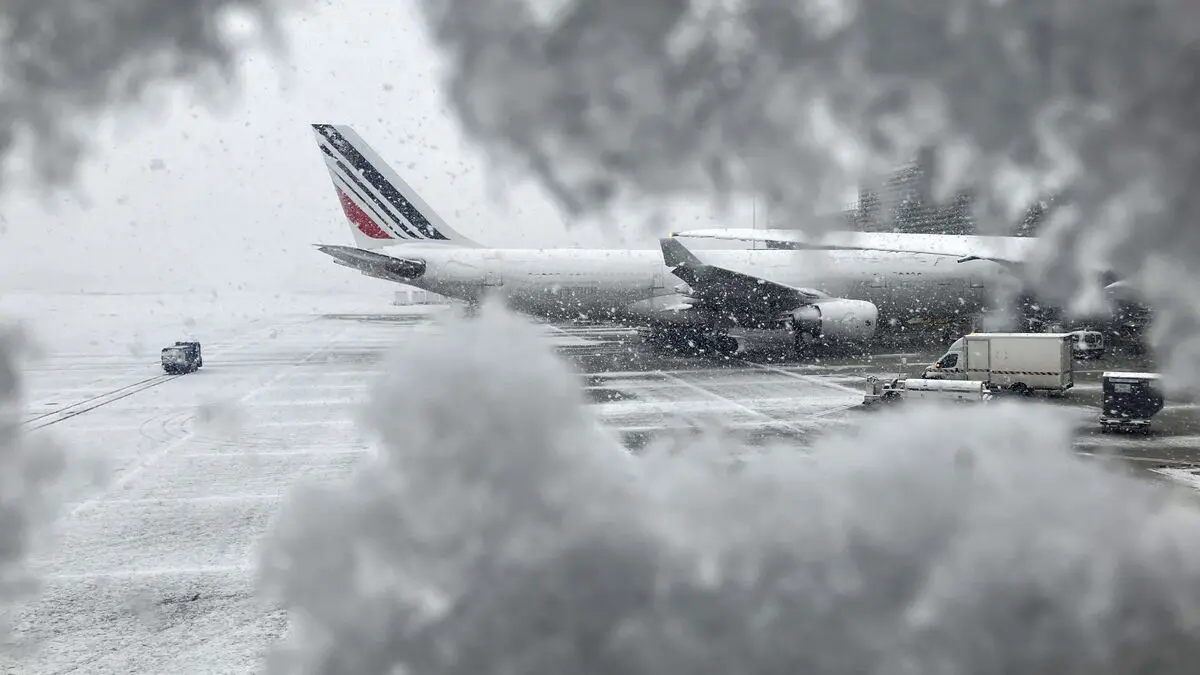It is the first time that a comprehensive compilation has been made of how serious human impact on nature is and how it affects all organisms.
When species disappear and the variations within a species also decrease, many properties are lost, says Eric Capo at the Department of Ecology, Environment and Geoscience at Umeå University, who is one of the researchers behind the study.
Swedish Environments
Together, the researchers have compiled data from over 2,000 studies that compared biological diversity at nearly 50,000 sites affected by humans in different ways. These have been compared with nearly 50,000 reference sites that have not been affected by humans, including in Sweden.
The studies cover terrestrial, freshwater, and marine environments around the world and concern all groups of organisms, from microorganisms and fungi to plants and invertebrates, fish, birds, and mammals. The researchers have investigated the effect of the most important areas where humans have impacted biological diversity, such as hunting and fishing, pollution, climate change, and invasive species.
On average, the number of species at sites affected by humans was nearly 20 percent lower than at corresponding unaffected sites.
We saw a particularly large decrease in the number of species among vertebrates such as reptiles and amphibians, but also among mammals, says Eric Capo.
Becomes More Fragile
The study, published in the scientific journal Nature, shows that it is not only the number of species that decreases but also the variation within species and groups of plants and animals.
In the long run, this means that there will be a homogenization among all living things, making us more vulnerable to various disturbances. If we only have one species growing in a field and it is wiped out by a pest, for example, it is devastating. Variation is needed to increase resilience, says Eric Capo.






